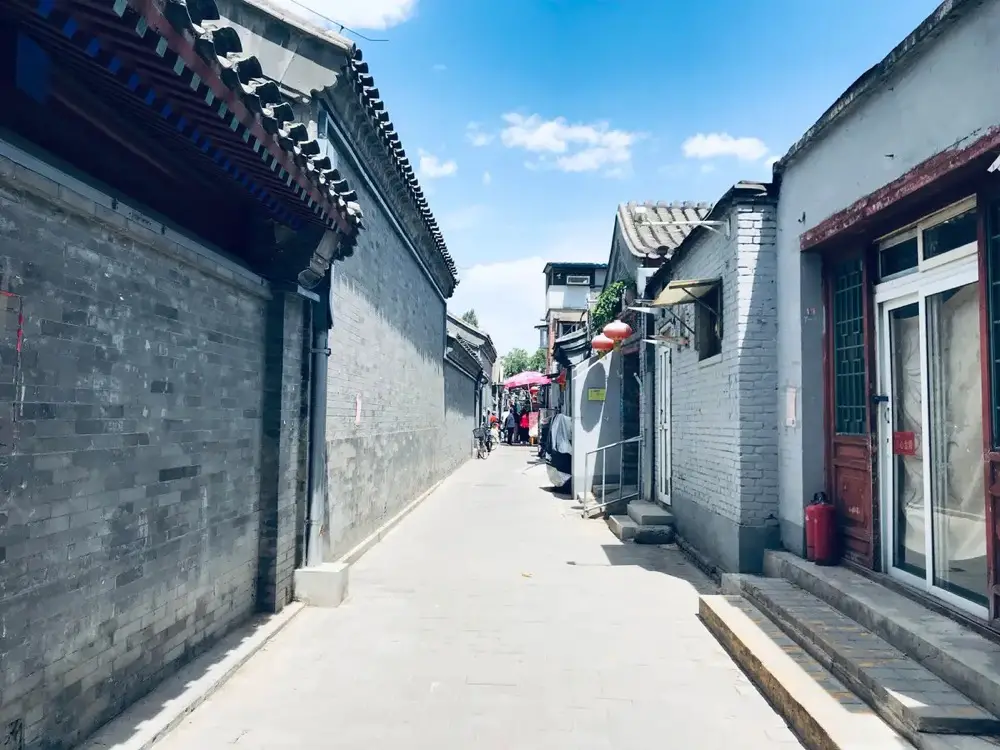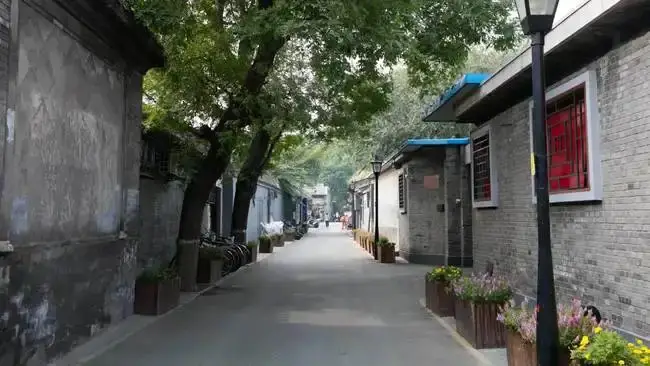A hutong can be found in the north of China and first appeared during the Yuan dynasty. It is a narrow street way and is found, particularly in Beijing. The formation of the hutongs is by lines of siheyuan to create traditional courtyards lining both sides. A siheyuan is a residence where houses are built to form rectangles or squares to create a traditional courtyard. Therefore, by joining one siheyuan to another to form a hutong, a neighborhood forms and join to other hutongs. In this article, we will learn more about what hutongs in Beijing are like, how many they are, and the hutong culture.
What is hutong in Beijing?

A hutong in Beijing is an alley formed with courtyards. The hutongs range from 40-centimeter-wide alleys to 10 meters-wide streets, and they link one by one. For a first-timer, the hutongs may look alike. But, it is not the case. When you visit various hutongs and talk with the residents, you will learn every hutong is unique and has its own story. Today, not many hutongs are left. Most were demolished, and the remaining ones are not more than 1000. Most of the existing hutongs are transformed into tourist attraction sites and are associated with shopping, street food, and bars. Most old hutongs have disappeared, and high rises and wide boulevards replaced them.
Hutong culture

The hutong culture is among the representatives of Beijing culture. Thus, they are not just alleys or streets for traffic. They are a presentation of the development of Beijing’s history and culture. The hutong culture is like a collection of changing history, the memory of social life, and the townscape of time. The names of various hutongs are goods, figures, and dialects, among many other. The people were pleased with their way of life and lived peacefully. Most of them never knew anything outside of the siheyuan. The organization of the people was according to social classes. Therefore, the hutongs of those in a high position were aligned with homes with ample space and walled gardens. While the commoners, laborers, less wealthy merchants, and artisans lived in a much simple and small siheyuan with narrow hutongs. Additionally, for better lighting, most houses and gates of many of the siheyuan faced south. For these reasons, most hutongs run from east to west, and for easy passage, they have several tiny lanes running from north to south.
Conclusion
Hutongs have survived the strain of collective ownership, centuries of war and revolution, and the turbulence of the early economic reform. Unfortunately, most hutongs do not exist due to developing infrastructure. But many have been preserved to safeguard these Chinese architectural cultures for tourism. Plus, its protection is an urgent issue for modern society. Some of the preserved ones are several hundred years old, and in some locations, they are near recreated modern hutongs. The areas with hutongs are frequented by tourists who tour with Pedicabs, a local means of transportation.